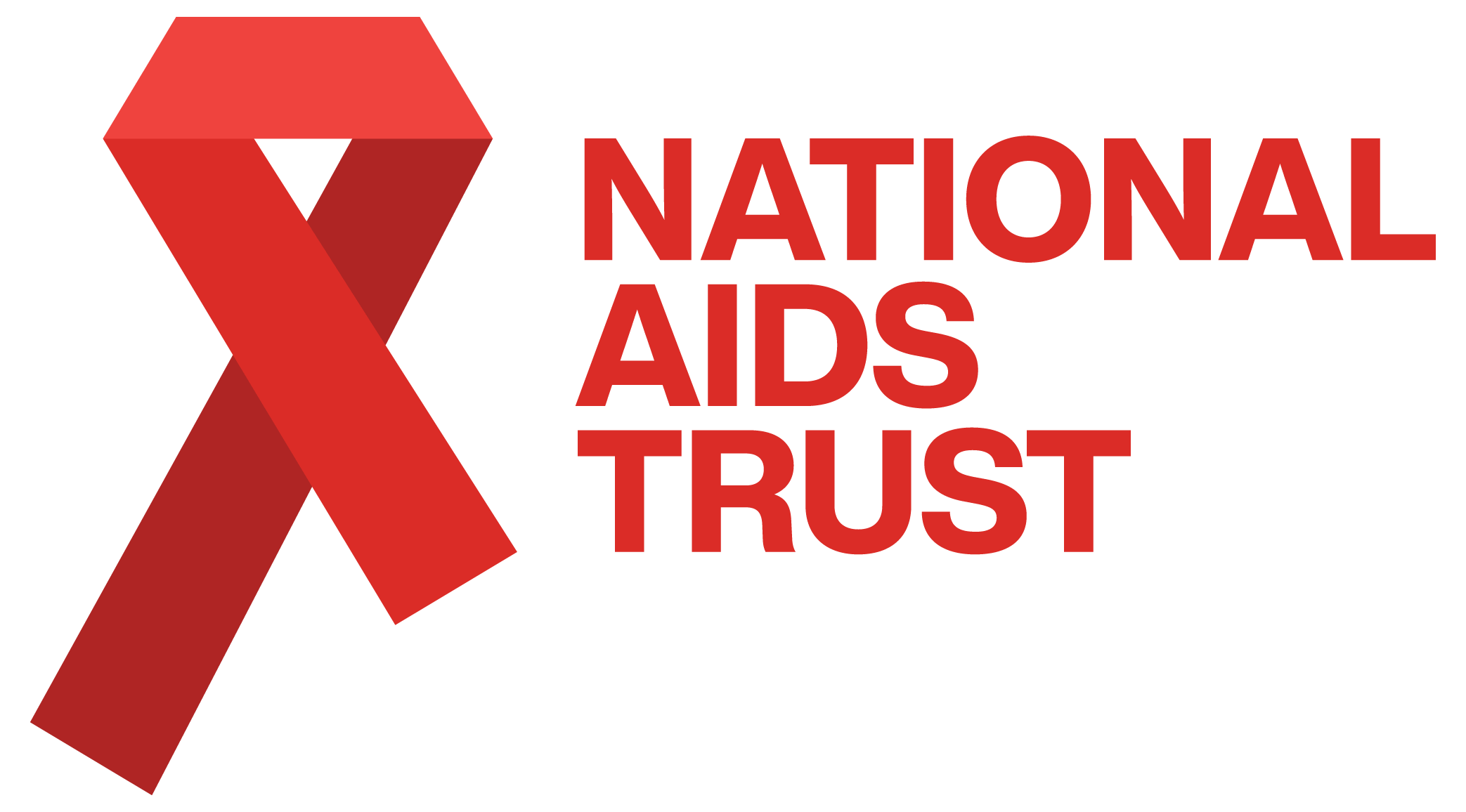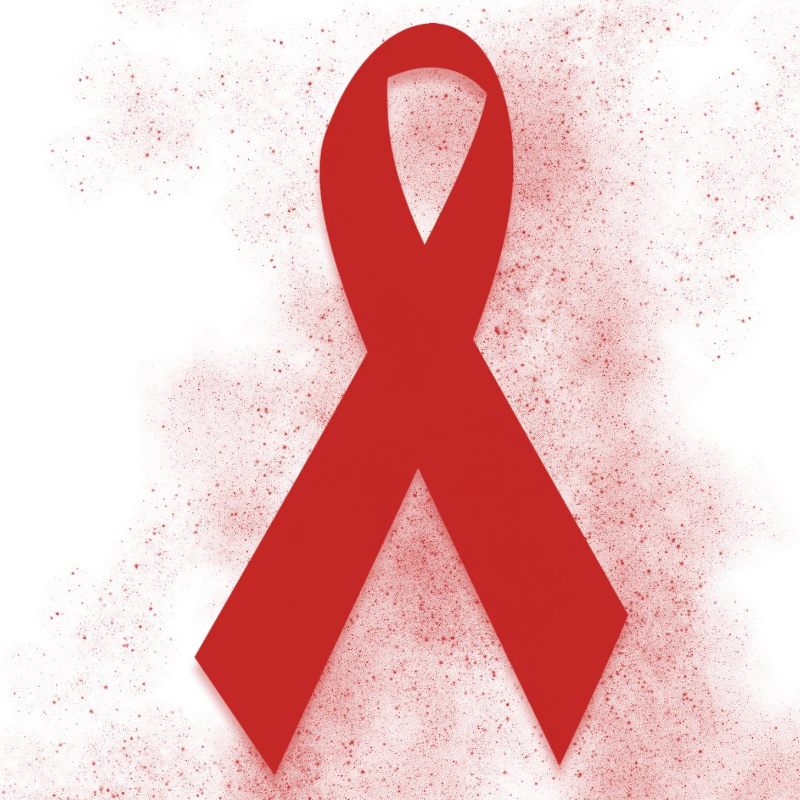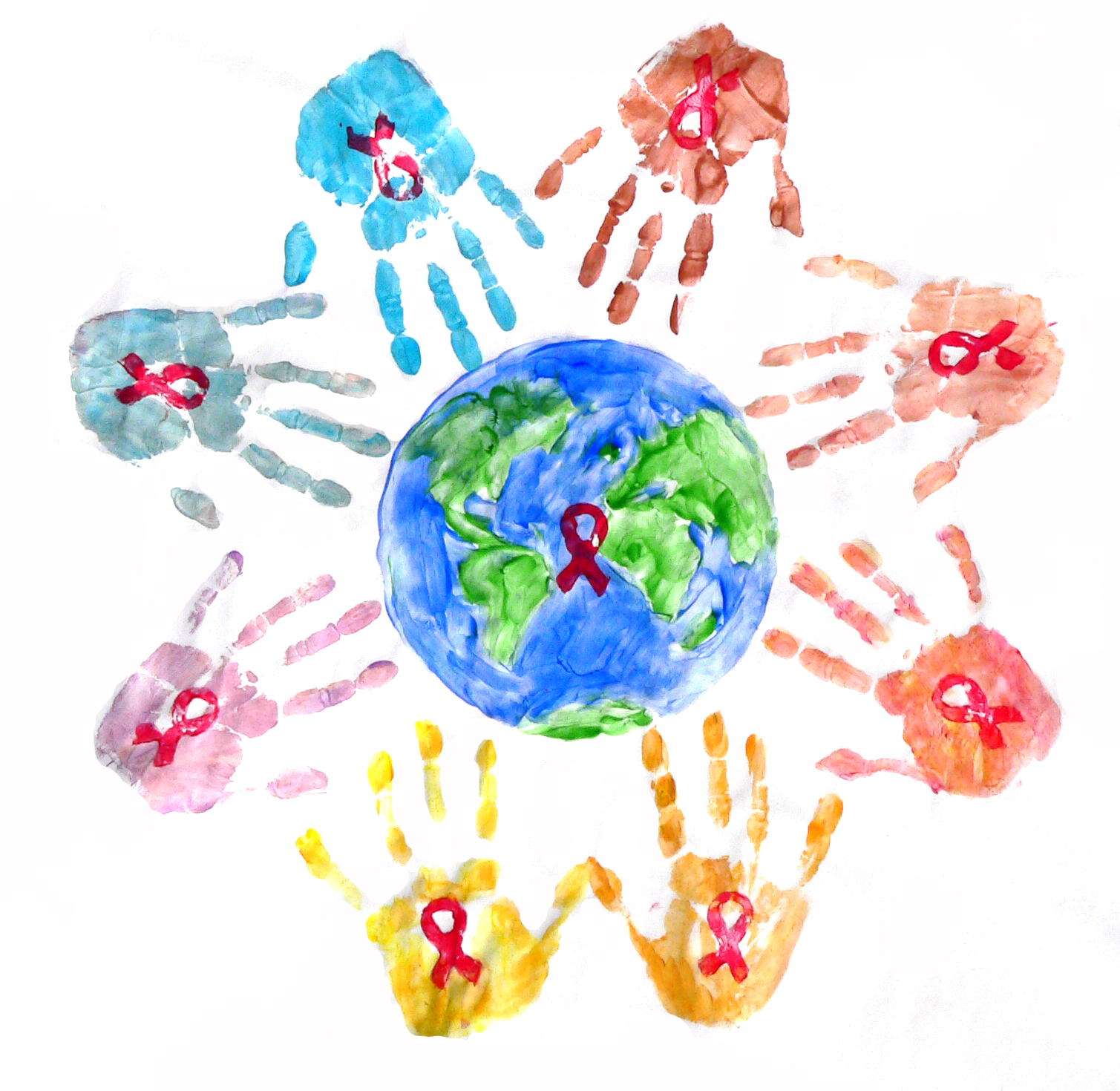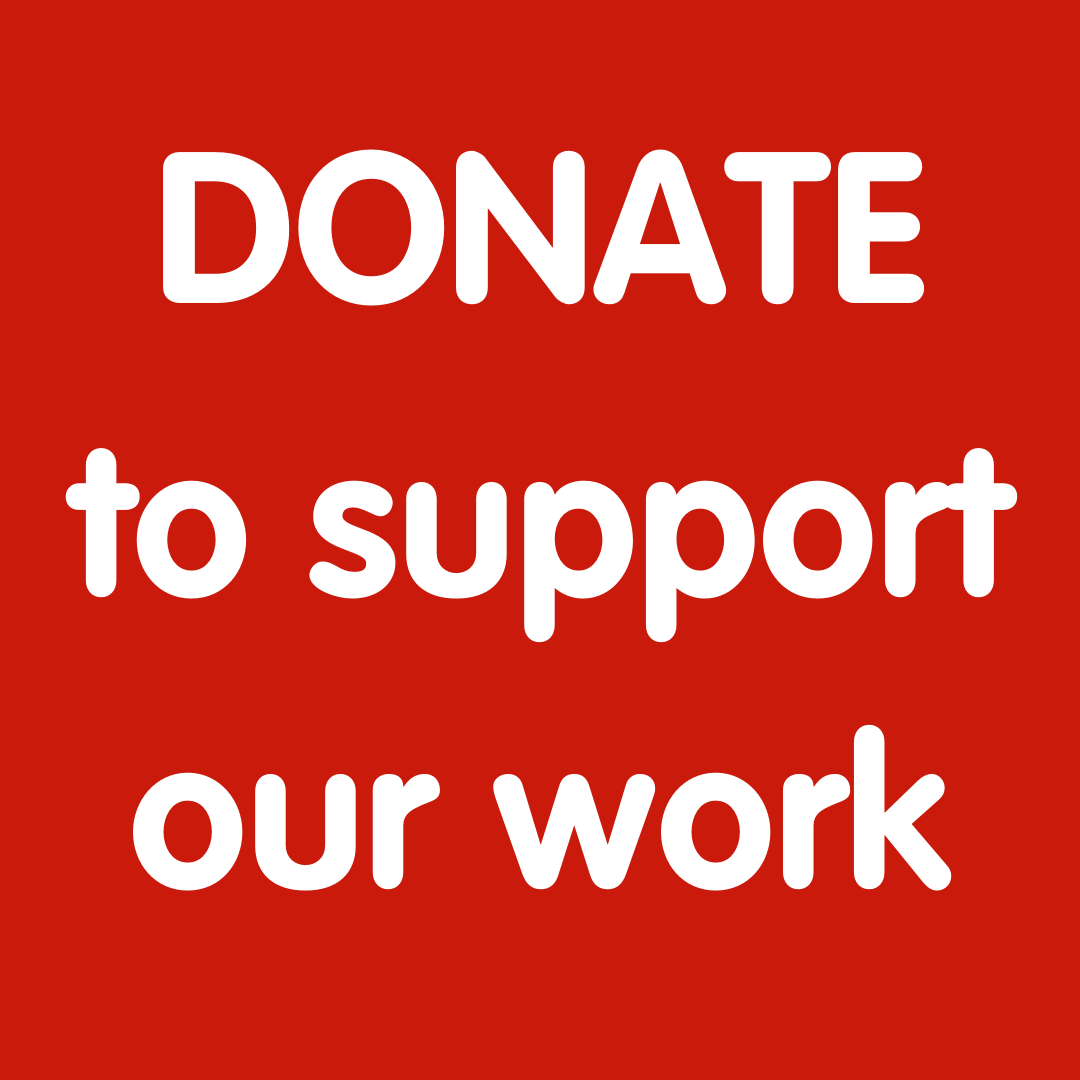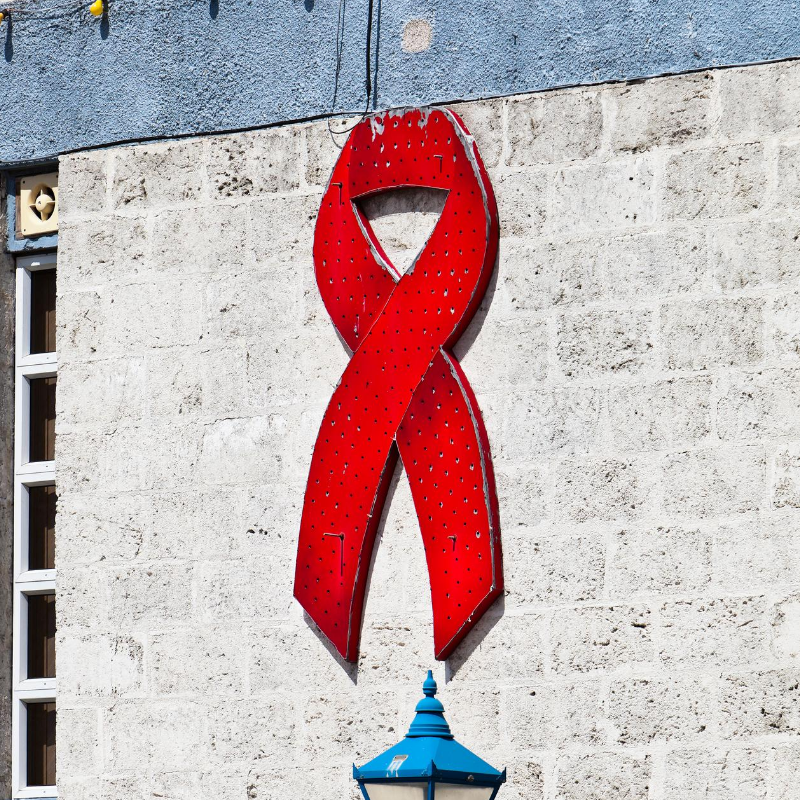Be red ribbon inspired
Artwork Competition 2020
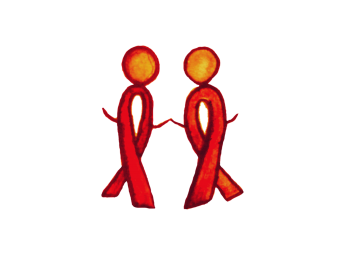
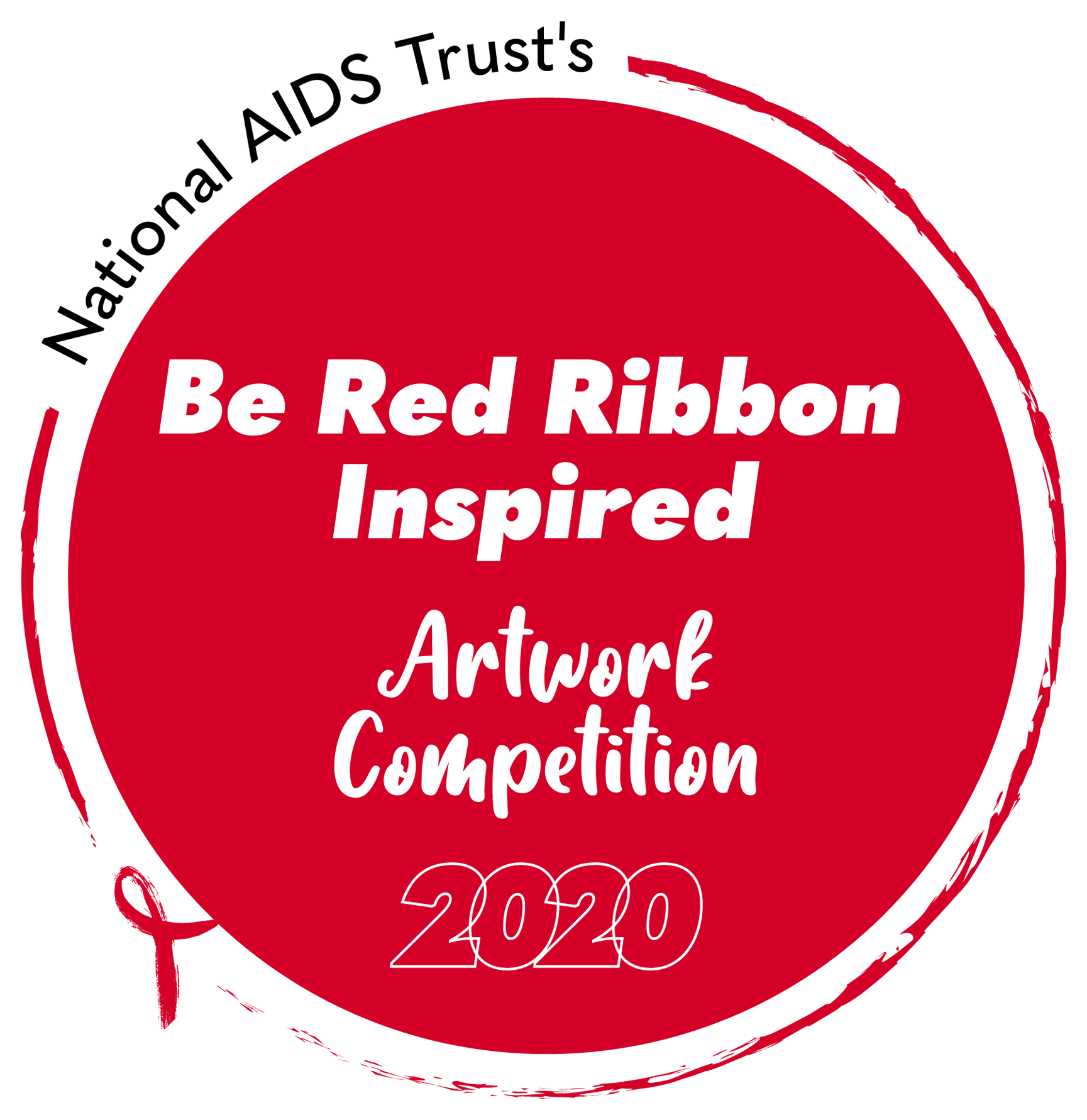
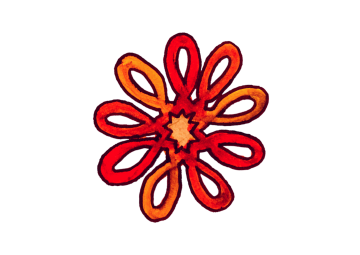
The Winners
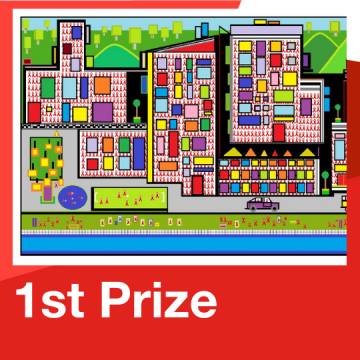
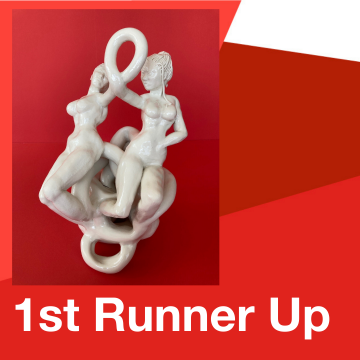
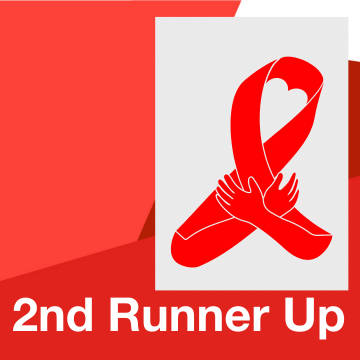
About the competition
The Be Red Ribbon Inspired artwork competition took place over the month of August 2020, with artists around the world submitting beautiful pieces of artwork inspired by the iconic red ribbon.
5 pieces of artwork were shortlisted by an internal panel for our final judging panel to consider. The final judging took place on Monday 7 September 2020, with all shortlisted artists invited to join a Zoom call with our judges to explain the inspiration for their pieces.
The winner, David Allen said about his design:
"I was inspired to create a happy, strong, vibrant world, to celebrate and champion the international symbol of love, hope, strength, togetherness, knowledge and change. I particularly wanted to celebrate the incredible people behind the National AIDS Trust ribbon symbols - those who are in need of help and those who are offering help in all its forms, through support, research, education and changing attitudes."
Our judges were fascinated to see the variety of connections with the red ribbon that were represented in the artwork we received. We were also thrilled with the diversity of artistic mediums used in the pieces.
Judge Sandy Nairne CBE said:
"The National AIDS Trust competition attracted a fascinating range of creative responses to the powerful red ribbon symbol. I much enjoyed being part of the judging panel and was impressed with the inventiveness and energy of David Allen's red ribbon townscape, which made him a worthy winner."
Our Be Red Ribbon Inspired artwork competition showed how the powerful red ribbon symbol can connect people across the world to champion the rights of people living with HIV.
Judge Sir Antony Gormley said:
"It was an honour - and great fun - to be part of this important campaign to support those affected by HIV. David's design was the most adaptable and responsive to our digitised, distanced age. He was the clear winner."
The 1st runner up sculpture is by Jo Conybeare. The 2nd runner up design is by Senay Tegenu.
#BeRedRibbonInspired
The judges
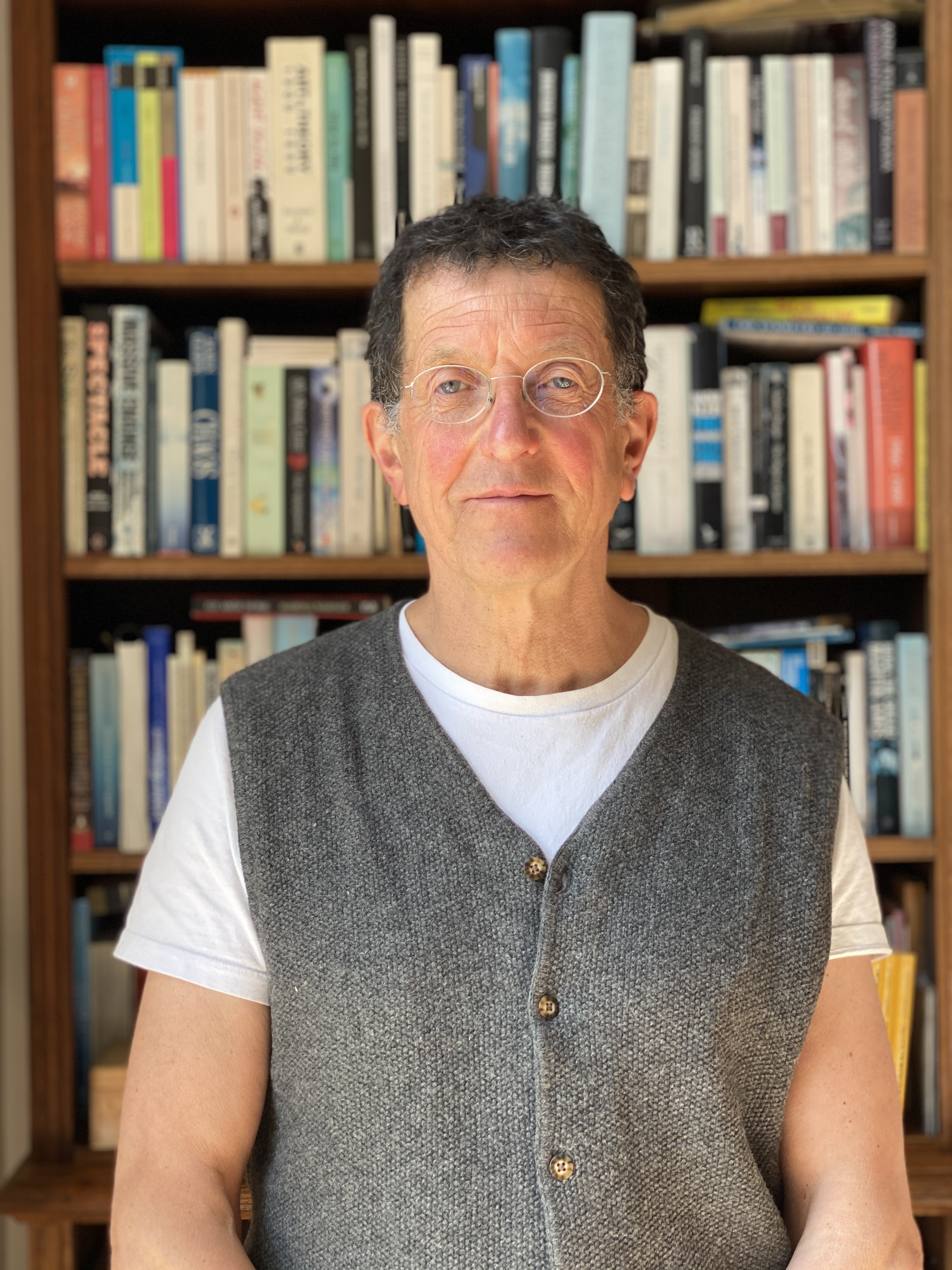
Sir Antony Gormley is a British sculptor. His works include the Angel of the North, a public sculpture in Gateshead in the North of England, commissioned in 1994 and erected in February 1998; Another Place on Crosby Beach near Liverpool; and Event Horizon, a multi-part site installation which premiered in London in 2007, around Madison Square in New York City, in 2010, in São Paulo, Brazil, in 2012, and in Hong Kong in 2015–16.
In 2008 The Daily Telegraph ranked Gormley number 4 in their list of the "100 most powerful people in British culture".
This biography is from Wikipedia under an Attribution-ShareAlike Creative Commons License.
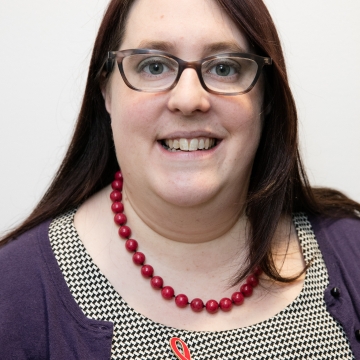
Deborah Gold is Chief Executive at National AIDS Trust having joined in 2014.
Deborah has had a career working in the voluntary sector on social justice issues including homelessness, homophobic hate crime and domestic and sexual abuse.
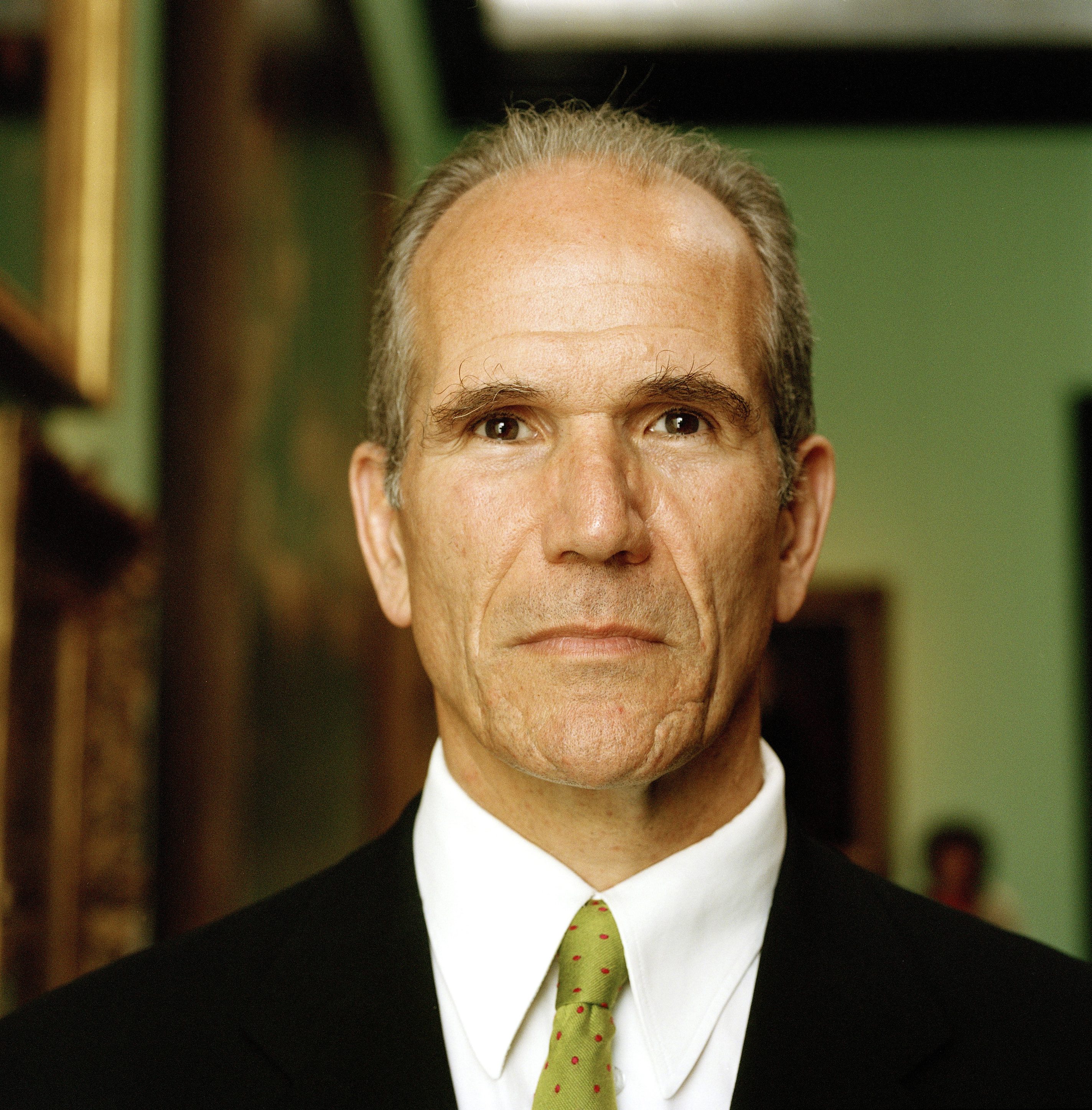
Sandy Nairne CBE FSA is a writer and curator based in London, and until 2015 was Director of the National Portrait Gallery. He has previously worked at the Institute of Contemporary Arts, the Arts Council and as one of two deputy directors at Tate.
His publications include State of the Art, 1987, the anthology Thinking about Exhibitions, 1996, and more recently The 21st Century Portrait and Art Theft and the Case of the Stolen Turners, 2011.
He chaired the National Museum Directors’ Conference Working Group on Cultural Diversity, and is currently Chair of the Fabric Advisory Committee at St Paul’s Cathedral and the Art Advisory Group for Maggie’s Cancer Care Centres. He is a Trustee of the Courtauld Collection, and the National Trust, and a member of the Bank of England Banknote Character Advisory Committee.
About the red ribbon
In 1991, a decade after the emergence of HIV, twelve artists gathered in a gallery in New York’s East Village. They had met to discuss a new project for Visual AIDS, a New York HIV-awareness arts organisation.
It was there that they came up with what would become one of the most recognised symbols of the decade: the red ribbon, worn to signify awareness and support for people living with HIV.
At the time, HIV was highly stigmatised, and the suffering of communities living with HIV remained largely hidden. The artists wanted to create a visual expression of compassion for people living with HIV.
They took inspiration from the yellow ribbons tied on trees to show support for the US military fighting in the Gulf War. Additionally, they decided that the elegant loop of the ribbon shape was easy to make and replicate. They avoided traditional colours associated with the gay community, such as pink and rainbow stripes, because they wanted to convey that HIV was relevant to everyone. They chose red for its boldness, and for its symbolic associations with passion, the heart and love.
In the early days, the artists made the ribbons themselves and distributed them around New York art galleries and theatres. Initially, they included some text to explain the ribbon’s significance, but as the ribbon became more famous, this was no longer needed.
Within weeks, the red ribbon could be seen in such high-profile places as the red carpet of the Oscars. The media took notice and, within a short space of time, the symbol became universally recognised. At the Freddie Mercury Tribute Concert, held at London’s Wembley Stadium on Easter Sunday, 1992, more than 100,000 red ribbons were distributed among the audience, with performers such as George Michael wearing one.
The red ribbon continues to be a powerful force in the efforts to increase public awareness of HIV. It has inspired other charities to utilise the symbol, such as the pink breast cancer awareness ribbon.
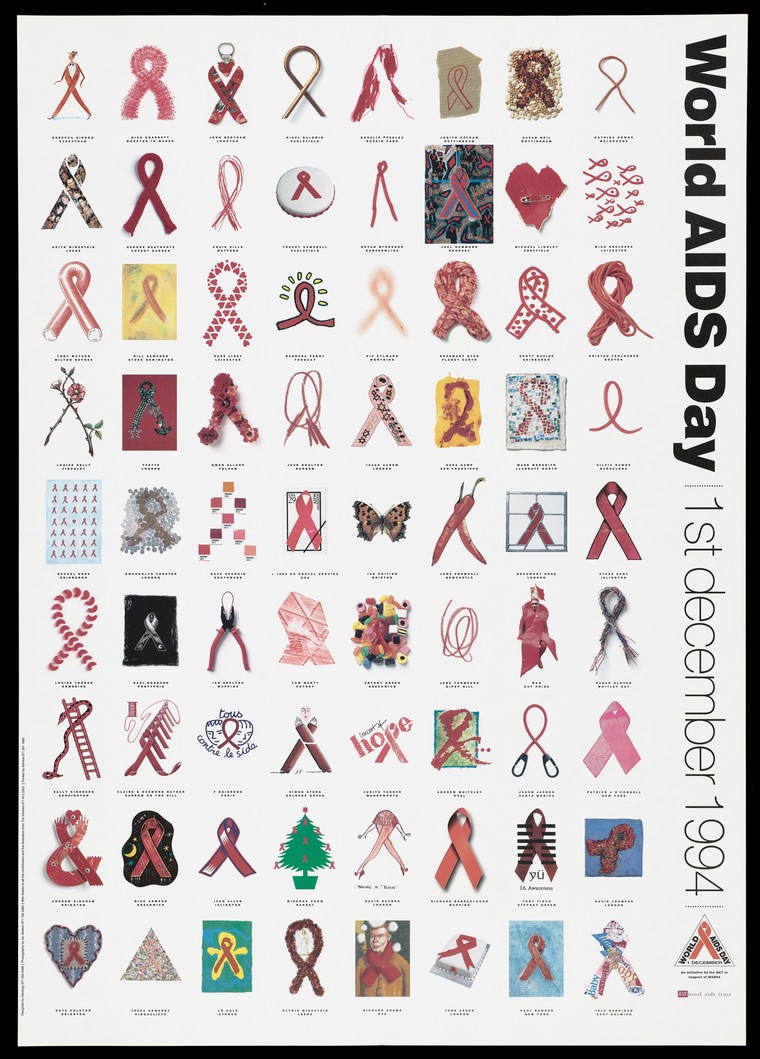
Photo credits
- Photo of Sandy Nairne CBE courtesy of Eamonn McCabe
- Seventy-two different designs for the AIDS red ribbon-device. Colour lithograph, 1994. Credit: Wellcome Collection. Attribution-NonCommercial 4.0 International (CC BY-NC 4.0)
- A watercolour painting speaking to global AIDS awareness. Credit: NIAID
